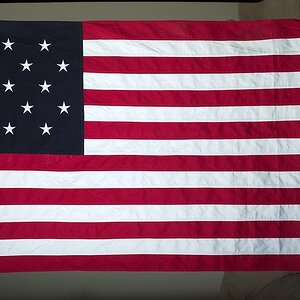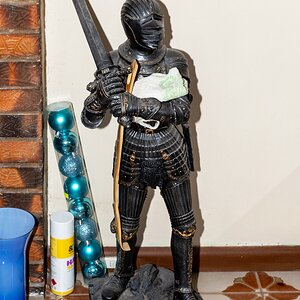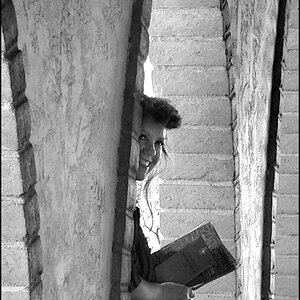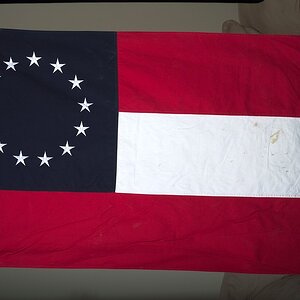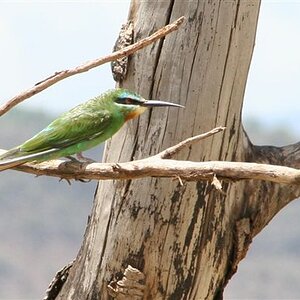Charlieboy
TPF Noob!
- Joined
- May 9, 2008
- Messages
- 3
- Reaction score
- 0
- Can others edit my Photos
- Photos OK to edit
Hey all. I'm new here.
Let's say I have an old lens from a film camera; a 50mm. when I put it on my new camera, it works like a 75mm because of the 1.5 size difference of the sensor versus film. Ok. I get that.
But what happens if I buy a modern "digital only" 50mm lens? Does it equate to 50mm?
Is there anything printed on the lens to tell me if it will work as a 50mm or 75mm? Or do I just have to guess by knowing the age of the lens whether it was meant for full frame or apsc sensors?
Let's say I have an old lens from a film camera; a 50mm. when I put it on my new camera, it works like a 75mm because of the 1.5 size difference of the sensor versus film. Ok. I get that.
But what happens if I buy a modern "digital only" 50mm lens? Does it equate to 50mm?
Is there anything printed on the lens to tell me if it will work as a 50mm or 75mm? Or do I just have to guess by knowing the age of the lens whether it was meant for full frame or apsc sensors?



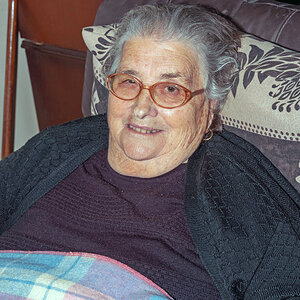
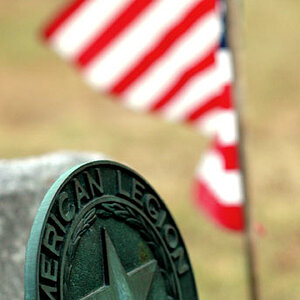

![[No title]](/data/xfmg/thumbnail/41/41821-2e92de82ffc4cd2d520a8fa10fb8b6a5.jpg?1619739905)
